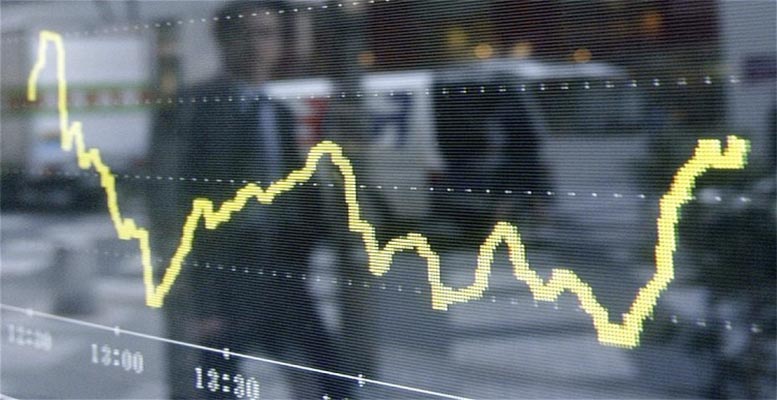Santander Corporate & Investment | The Fed does not expect the economy to fully recover until 2022 and expects GDP to fall by 6.5% and unemployment of 9.3% in 2020. The OECD also distances itself from V-shaped scenarios and warns of the worst peacetime recession in 100 years. In scenarios without second waves of Covid-19, the OECD anticipates a global contraction of 11.5% in H1’20 and neither does it expect world GDP to approach the pre-coronavirus level by end-2021. The UK, because of its delayed confinement and exposure to the services sector, is the economy which would suffer the biggest contractions in 2020: -11.5% without a second waves of infections and -14% if there were any. Returning to the Fed’s forecasts, a real GDP decline of 6.5% in 2020 would be accompanied by a recovery of 5% in 2021 and 3.5% in 2022. Inflation will remain stagnant at 0.8% in 2020, 1.6% in 2021 and 1.7% in 2022, with unemployment of 9.3% in 2020, 6.5% in 2021 and 5.5% in 2022.
In terms of monetary policy, the FOMC meeting relinquished control of the curve for the time being (“yield control”), but decided to leave rates close to zero until end-2022. With the Fed anticipating stagnant inflation well below the target, Powell opted for a clearly dovish speech. And he puts an end to an acute period of emergency QE tapering (which went from $75bn/day to this week’s $4 Bn). Although the Fed chose to delay the announcement of the yield control, it has already decided to establish a floor on its QE policy, which has been welcomed by the treasury market. The Fed will buy at the “current rate” of $120 bn per month for the “next few months.” And with the dot plot suggesting that rates will remain close to zero until at least throughout 2022 (15 of 17 FOMC members). Powell summarized the Fed’s strategy very graphically: “We’re not even thinking about raising rates.”





